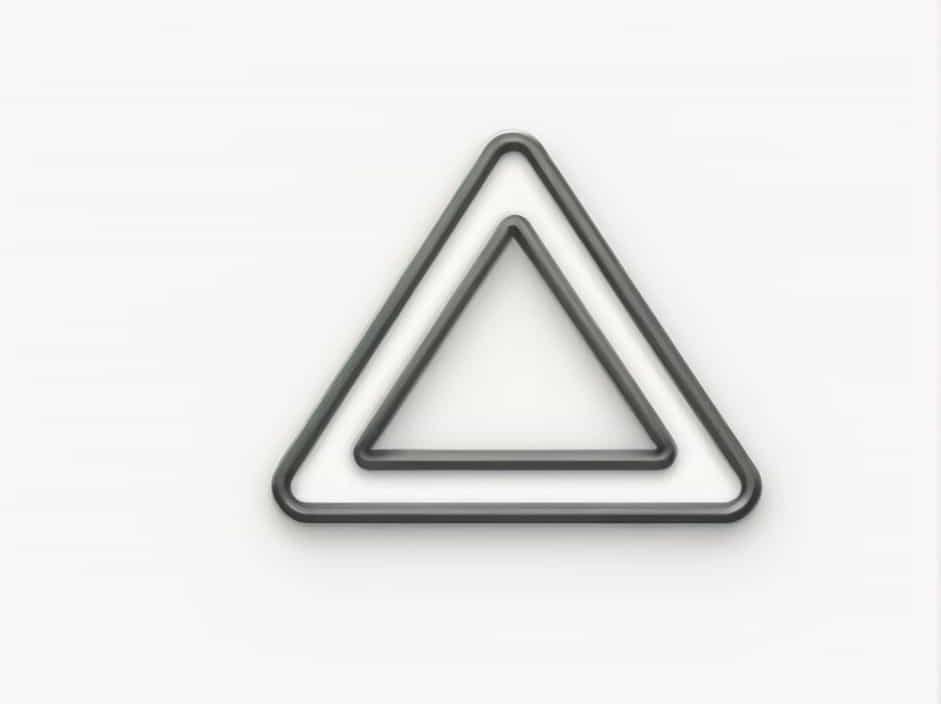In geometry, rotations are transformations that turn a shape around a fixed point, usually the origin. One common rotation is 270 degrees counterclockwise, which shifts each point of the figure to a new location while maintaining its shape and size.
In this topic, we will explore how to rotate Triangle JKL by 270 degrees counterclockwise, understand the mathematical rules behind it, and apply this transformation to different coordinate plane problems.
What Is a 270-Degree Counterclockwise Rotation?
A 270-degree counterclockwise rotation is equivalent to a 90-degree clockwise rotation. In this transformation, each point moves to a new position according to a specific rule.
Rotation Rule for 270 Degrees Counterclockwise
If a point (x, y) is rotated 270 degrees counterclockwise around the origin, its new coordinates become:
This means:
- The original x-coordinate becomes the new y-coordinate.
- The original y-coordinate becomes the negative x-coordinate.
Example of Applying the Rotation Rule
Let’s take the point (3, 5) and rotate it 270 degrees counterclockwise:
The new point after rotation is (5, -3).
Rotating Triangle JKL by 270 Degrees Counterclockwise
Step 1: Identify the Original Coordinates
Suppose Triangle JKL has the following vertices:
- J(2, 3)
- K(4, 1)
- L(3, -2)
Step 2: Apply the Rotation Rule
Using the transformation (x, y) rightarrow (y, -x) , we calculate the new coordinates:
- J(2, 3) → (3, -2)
- K(4, 1) → (1, -4)
- L(3, -2) → (-2, -3)
Step 3: Plot the New Triangle
Once the new coordinates are determined, we can plot them on the coordinate plane to see the rotated Triangle JKL.
Understanding the Effects of Rotation
1. Position Change
- The original triangle is positioned in one quadrant, but after a 270-degree counterclockwise rotation, it moves three quadrants away in a counterclockwise direction.
- This changes the orientation of the triangle, but its size and shape remain the same.
2. Comparing 90, 180, and 270-Degree Rotations
- 90-degree counterclockwise: (x, y) rightarrow (-y, x)
- 180-degree rotation: (x, y) rightarrow (-x, -y)
- 270-degree counterclockwise: (x, y) rightarrow (y, -x)
Each rotation moves the shape in different directions but preserves its congruence and area.
3. Real-World Applications
- Computer graphics: Rotations are used in game development and 3D modeling.
- Engineering: Understanding geometric transformations helps in designing mechanical parts.
- Cartography: Maps often use rotations to represent different perspectives.
Common Mistakes When Rotating a Triangle
1. Using the Wrong Rule
Some students mistakenly use the 90-degree counterclockwise formula instead of the 270-degree counterclockwise rule.
2. Forgetting Negative Signs
It’s essential to correctly negate the x-coordinate when applying the (y, -x) transformation.
3. Misinterpreting the Direction of Rotation
A 270-degree counterclockwise rotation is the same as a 90-degree clockwise rotation, so be careful when following instructions in different problems.
Practice Problems
Problem 1: Rotate the Triangle PQR
Given:
- P(1, 4)
- Q(5, 2)
- R(3, -1)
Find the new coordinates after a 270-degree counterclockwise rotation.
Problem 2: Find the Missing Rotation
A triangle with vertices A(-3, 2), B(-1, 5), and C(2, 4) is rotated 270 degrees counterclockwise.
If the new position of B’ is found at (5, 1), find the coordinates of A’ and C’.
A 270-degree counterclockwise rotation shifts all points according to the rule (x, y) → (y, -x). This transformation is widely used in geometry, computer science, and engineering.
Understanding how to rotate a triangle like JKL correctly is essential for solving coordinate geometry problems and applying mathematical transformations in real-world situations.
By mastering this concept, students can build a strong foundation in geometric transformations and spatial reasoning, helping them excel in mathematics and beyond.
